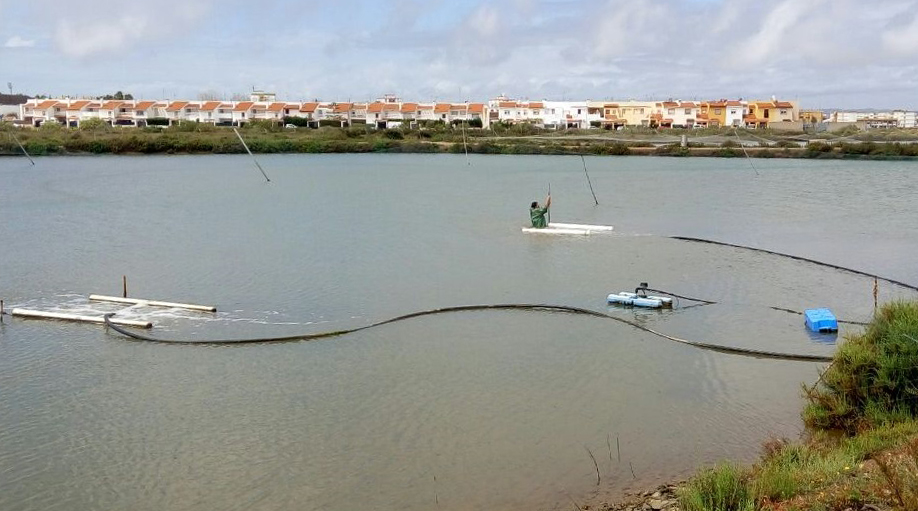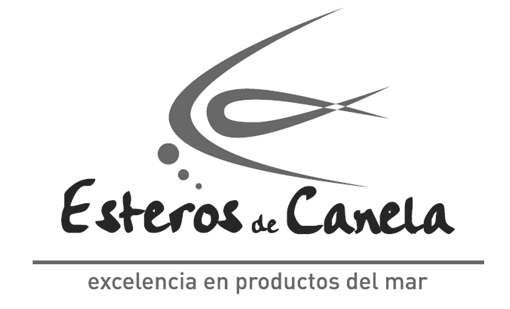Eco-efficient Systems designed for the aquaculture sector save up to 30 percent of energy consumption
Experts from LIFE AQUASEF project are working in economic and sustainable alternatives for the aquaculture sector and enabling producers to replace commercial oxygen by using renewables energies. Energy savings due to this innovation reach out 30 percent of actual energy costs in aquaculture facilities.

(El Puerto de Sta. Maria-Cádiz), May 03, 2016 – Environmental and energy sustainability are two major challenges for the aquaculture sector on its path to ensure the economic and environmental feasibility of the activity. So far, electricity costs have become together with feedstock and temperature control, one of the aspects with a higher impact in the final consumer price. Therefore, industry efforts have been focusing on the research and development into efficient and low carbon technologies to reduce these costs and furthermore reduce their carbon footprint and the improvement of quality waters.
Up to 45 percent of aquaculture facilities are far from urban centres, mainly located in highly valued natural areas without access to the grid, what force them to increase their consumption and their expenses almost fivefold in comparison with aquaculture facilities better connected.
In addition, keeping a constant dissolved oxygen rate during the finfish production is a crucial fact in aquaculture, becoming essential to use water aeration systems which involve high energy consumptions. Aiming to solve this major challenge for the sector, LIFE AQUASEF project is working in oxygen production through most efficient alternative techniques.
In this field, partner D&B Tech has developed two prototypes: MicroBtech, especially designed for reproduction and pre-fattening modules; and O2BT, specific for fattening aquaculture ponds. In terms of technological advances, worth to mention the cross-flow in which air and water are pumped through conduits into a specially designed membrane to generate small bubbles with an associated reduction in energy consumption. In this regard, the expert Javier Dávila pointed out that “the secret is in the size of the bubble, which is minimal”.
It is important to stress that technology validation in real productive conditions has been tested in partner Esteros de Canela facilities (Ayamonte, Huelva), as the farm manages the entire production cycle from hatchery to on-growing stages, which has allowed to work with the two prototypes.
“Two grills with six aerators have been tested, each one with two floats to keep aeration systems in the desired height inside the tank”, details Dávila.
Results from MicroBTech testing have proved a better dissolution of oxygen bubbles in depth preventing the gas losses associated to conventional devices (ceramic and porous membrane among others). In the case of O2BTech, the outdoor prototype, it has replaced successfully the commercial oxygen with atmospheric air, thanks to the high transfer efficiency of gas in the device.
“These aerators provide an economic and sustainable alternative to the aquaculture sector by allowing producers the replacement of commercial oxygen for atmospheric air with the same oxygen capacity than actual techniques. Besides, energy savings related to the innovation are up to 30 percent of the original cost resulting from the energy needed to aerate the tank” expert concludes.
AQUASEF project is coordinated by ARIEMA and the beneficiary partners Inoma Renovables (former Heliotrónica), D&BTech, Esteros de Canela and the Andalusian Aquaculture Technology Center, CTAQUA.





